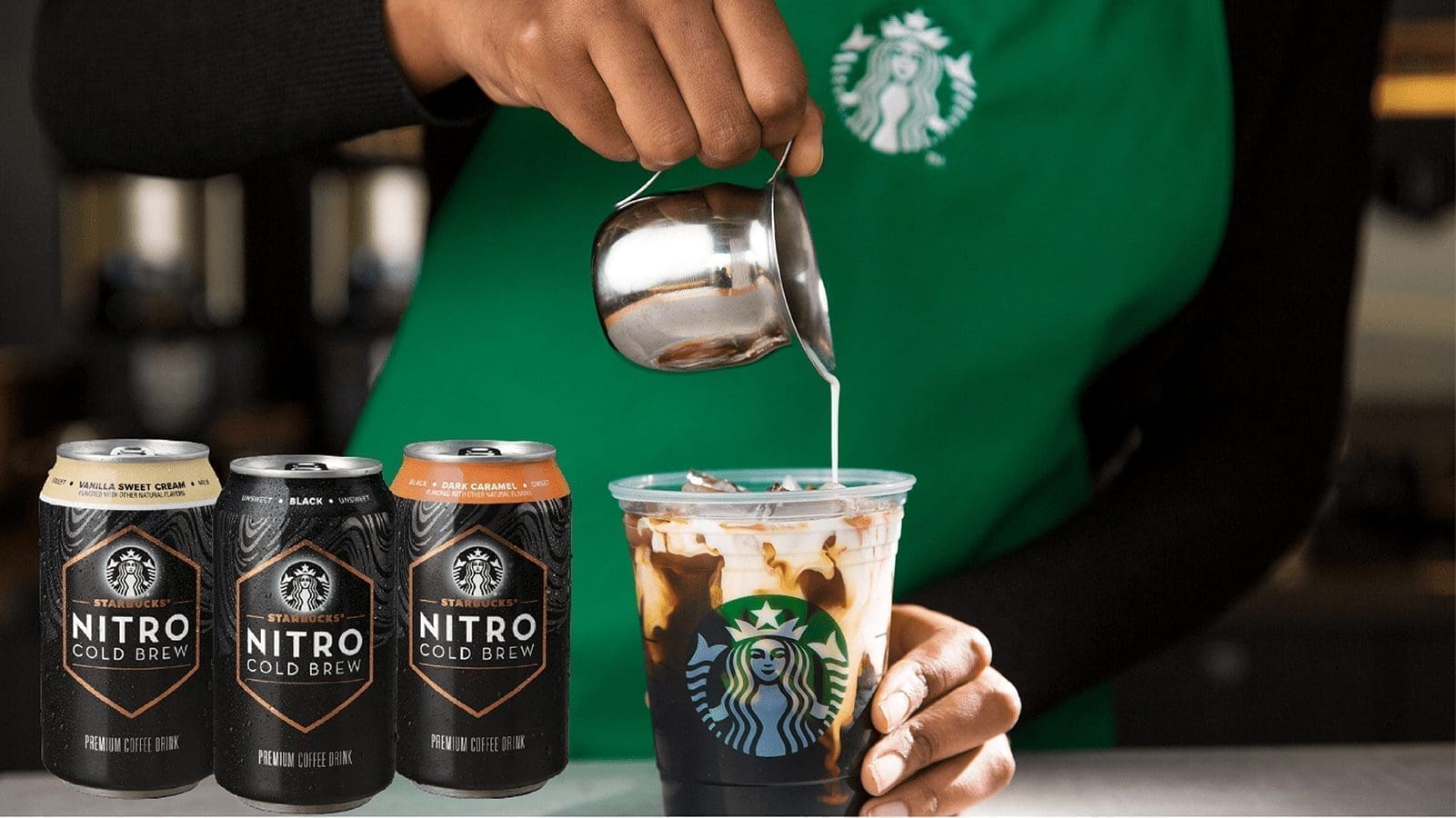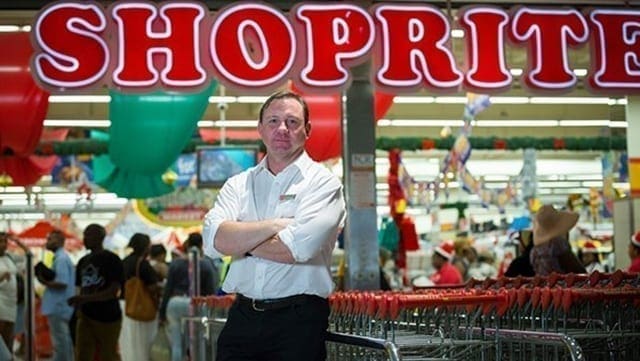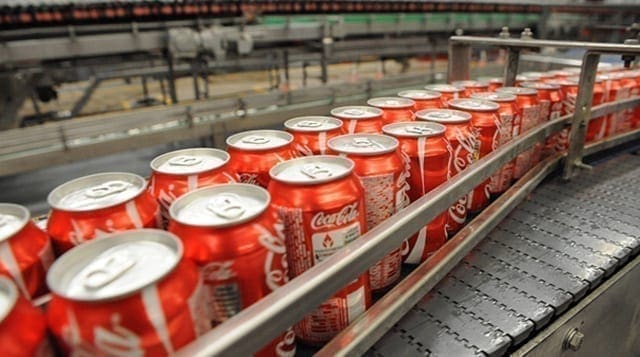New trends ranging from molecular nitrogenation to more sustainable sourcing practices are adding a fresh new twist to both tea and coffee, stimulating new demand and handing a new lease of life to these previously out fashioned hot beverages.
Tea and coffee are the arguably the most drank hot beverages in the world. For centuries, little if any changes were made in how these beverages were drank. A cup of hot water, a tablespoon or two of sugar, and some lose black leaves of tea or ground coffee is what consumers .
Honestly, it’s the caffeine in them that made them survive all these years. However, there is more to coffee and tea than just mixing it with hot water and sugar.
New trends ranging from molecular nitrogenation to more sustainable sourcing practices are adding a fresh new twist to both tea and coffee, stimulating new demand and handing a new lease of life to these previously out-fashioned hot beverages.
According to Business Wire’s “Coffee and Tea Global Market Report, 2020-30: COVID-19 Impact and Recovery” coffee and tea are yet to lose their favour among consumers and recent innovations are expected to drive this market, which was valued at US$148.5 billion in 2020 to US$191.1 billion in 2023.
These are some of the top trends that are driving the tea and coffee market in 2021 and beyond.
Unique blends of healthy coffees and teas
Although coffee and tea already have several inherent health benefits, an increasingly health consumer has pushed coffee and tea brands into incorporating other functional ingredients into products for an even bigger health boost. Brands are for instance helping consumers improve brain function by incorporating nootropic ingredients which are suggested to promote focus, motivation and productivity.
Kenyan-based tea brand Kericho Gold has a range of health and wellness teas that promise tea lovers a range of benefits from detoxification to improved sexual function. Its Detox tea for instance features a unique combination of ingredients such as cardamon, fennel, nettle, lemon grass, aniseed, coriander mint leaves and fresh ginger which the brand say not only detoxify the body but also enhance hydration as well as boost the immune system.
Coffee being mostly consumed in cafes and restaurants has also not been left behind. Baristas in many coffee joints are now coming up with unique blends that reportedly increase gut health, boost metabolism, and/or support the immune system. According to webrestarantstore.com, blends like mushroom coffee and matcha lattes have become common as a result.
London Nootropics launched in January 2020 is one brand seeking to take the health claims to the retail market. The company has three coffee blends – mojo, zen and grind – each supposedly offering something different. Mojo is said to support strength and endurance, zen combats stress and grind claims to aid focus.
Nitrogenation – creating new taste experiences
Amplifying sensory experiences in beverages by adding textural complexity is a trend that’s grown significantly over the last few years. When it comes to tea and coffee, no way does it better than nitrogenation.
Adding nitrogen to tea or coffee delivers a smoother, creamier mouthfeel to teas and coffees without adding empty calories. The velvety, luxurious texture that nitrogen infusions provide is simply irresistible to many consumers, especially millennials and gen Z consumers who are always ready to embrace any beverage that offers new taste experiences.
Adding nitrogen to tea or coffee delivers a smoother, creamier mouthfeel to teas and coffees without adding empty calories.
Starbucks and Dunkin’ Donuts are some of the brands that already offer nitro-coffees in their establishments. As the trend picks up among consumers, Grand View Research estimates that the nitrogenated coffee market will grow at a CAGR of 26.6% to reach US$51.1 million by 2025. The transition of the trend to teas has been made possible with inventions such as Nitrobrew which allows consumers to infuse nitrogen into their teas at the comfort of their homes.
Food Beverage Insider notes that adding cheese to tea has also become a popular way of creating new taste experiences to the centuries-old beverages. According to authors, the trend that started in Asia is spreading across the globe and has created quite a fuss in the United States. The sweet and savory beverage is created by combining brewed or bubble tea topped a with fluffy, sweet and salty topping made of soft cream cheese, condensed or evaporated milk and whipped cream.
Snapchilling – new way of preparing cold brew coffee
The popularity of cold brew coffee has surged in recent years, with the US cold brew coffee market growing 580% from 2011 to 2016.
According to research agency Mintel, more than half (56%) of new RTD coffee launches in the US in 2017 were cold brew products. The trend has even stepped foot in Africa with Kericho Gold recently launching its line of cold-brew tea range, which includes flavours such as mango, strawberry, and orange. Even with the trend gathering momentum globally, cold-brewing, particularly in coffee can be tedious as it takes as long as 24 hours and requires special equipment.

At a time when convenience is king, this process was bound to be made obsolete by more efficient and faster processes: and that is what happened with the introduction of SnapChill Technology by US-based Elemental Beverage Company.
The process, which takes freshly brewed coffee and cools it rapidly, extracts more flavor and more appealing aromas than the cold brewing process. There is also no waste of unused cold-brewed coffee. A number of coffee brands such as Coffee Bros have already warmed up to the technology. The US based coffee brand already has two limited-edition Coffee Bros Snapchill coffees – Light Roast Snapchill and Kenya Microlot Snapchill- which have seen quite a lot of interest from consumers. Given its efficiency in making coffee colder than ice without using ice and in preserving the delicate coffee flavors and aromas, its only a matter of time before coffee houses around the globe adopt snapchill as a way of preparing specialty coffee.
RTD teas and coffees continue to gather momentum
In a society that’s always on the go, ready-to-drink teas are becoming a staple to many consumers.
As a result, Packaged Fact projects that RTD coffee market will reach a market value of US$18 billion by 2023. The report further notes that RTD tea market is also gaining its fair share of consumer spending, with the market expecting to hit US$9 billion in the same period.
Innovations such as Fuze Tea, which offers a delicious blend of juice and tea extracts and Coca-Cola’s blend of original cola with coffee are some of the products propelling this market growth. Sparkling bottled iced tea beverages like Lipton Sparkling Tea, Sound Sparkling Tea, and Kombucha Wonder Drink Sparkling Fermented Tea are other innovations that are drawing more consumers to tea and coffee.
These innovations have really made tea and coffee more fashionable drinks, making it a drink to be enjoyed even by the adventure seeking millenials. According to foodtruckempire.com, about half of U.K. tea brands are purchased by millennials in the 24- to 35-year-old demographic group. This just shows what innovation and convenience can do to a nearly obsolete drink.
As health concerns have steadily grown in recent years, food ingredients company Synergy projects ready-to-drink teas to continue getting health-upgrades with a move toward all-natural ingredients and sugar reduction at the forefront of category innovation. According to Synergy Primary Research, 64% of consumers report their ideal RTD tea contains no artificial flavors; 60% seek no artificial colors; 54% seek no artificial sweeteners, and 51% seek low/no sugar.
Tea cocktails and Hard Coffee: the vogue way of enjoying alcohol
Featured in drinks from the Irish Coffee to the Espresso Martini, coffee has been for a while now a popular way for mixologists to add flavor and a caffeinated kick to cocktails. A growing number of spirits and liqueurs are however switching things up a notch higher by capturing the bean’s aromas and flavors, making them ready to mix into drinks or pour neat alongside a favorite dessert.
Super-concentrated cold-brew coffee has become a favorite for many master distillers, providing inspiration for many boozy bottles while at the same time cutting back on sugar. Galliano Ristretto Liqueur, Jägermeister Cold Brew Coffee Liqueur, and Ron Colón Salvadoreño Coffee Infused Rum are good examples of coffee infused alcohols that are popular among consumers. Synergy notes that as consumers look for more approachable ways to find their caffeine and for healthier alcoholic beverage options, many brands will continue to innovate around coffee and alcohol.
Tea as an ingredient of alcoholic beverages has never been really explored until now when consumers are in thirst of healthy indulgences away from alcohol. As it is at the moment, about 43 percent of the public doesn’t drink, and many people choose not to drink alcohol on every social occasion. So, what sober way to blend in with the crowd than to try tea-infused cocktails!
According to ikedamatcha.com, tea beverages are becoming a staple of trendy bars worldwide and much of this demand can be traced to shift away from high alcohol drinks.

From boozy sweet teas to fancy little tea martinis, consumers have found the perfect way to combine cocktail hour with teatime. In the RTD market, a blend of vodka and iced tea is the most popular trend today, with a number of brands including Brookvale, Boardroom, and Betty’s all having a respectable range of drinks in this category.
Sustainability becomes center focus of brands
Consumers are no longer satisfied with a good quality cup of coffee or tea – concerns about how their favorite beverage was produced also affect their purchasing decisions.
To keep customers, brands are now working hard to ensure that their teas and coffees are sustainably sourced. Some of the efforts in these areas involve sourcing teas and coffees that are certified as organic, fair trade, or those approved by the rain-forest alliance.
Additionally, commodity trading companies like Olam continue to train farmers on sustainable agricultural practices and to pay premiums for sustainably sourced coffees and teas to encourage adoption. Demand for transparency and tracebility has also led to an explosion of new products with single-origin claims, including coffees from Colombia, Brazil and Ethiopia. Synergy notes that single-origin tea and coffee is particularly appealing to millennials, especially if brands can highlight sustainability efforts being made in products country of origin.
As sustainability becomes a major concern, brands have also began substituting milk with dairy alternatives which have a better sustainability score. Starbucks, the leader in the coffee chain franchising business, and its rival Dunkin’ Donuts have all introduced alternative diary products from soy, to almond, and now oat. As activism grows around animal dairy and consumers switch to vegan diets to avoid hurting the climate, more coffee houses across the globe are expected to add more alternative dairies to their menus if they haven’t already.
As long as tea and coffee production require clearing of land, it can never be 100% sustainable. It is for this reason that the Technical Research Centre of Finland (VTT) successfully produced coffee cells in a bioreactor through cellular agriculture.
By removing the requirement for more land, the researchers hope that their innovation can help make coffee production more sustainable. Given that innovation in coffee and tea go hand in hand, may been soon we will have tea that is also grown in the lab. Innovations from cell-based meat to lately coffee, show that any food can be made without the requirement of land and tea will certainly not be an exception.
Parting shot
The popularity of coffee and tea is hardly a secret. The beverages have been useful to humans for centuries and still never seem to fall out of fashion. The current trends ranging from nitrogenation to snapchilling only bring up new ways of enjoying the same old hot beverages.
With a consumption of more than 280 billion liters annually tea is certainly not going away anytime soon and so is coffee, with annual consumption of 337 billion liters. To stay ahead, coffee and tea brands will however need to continuously innovate and create products that meet evolving consumer trends.
This feature appeared in the Sep/Oct 2021 issue of Food Business Africa. You can read this and the entire magazine HERE










